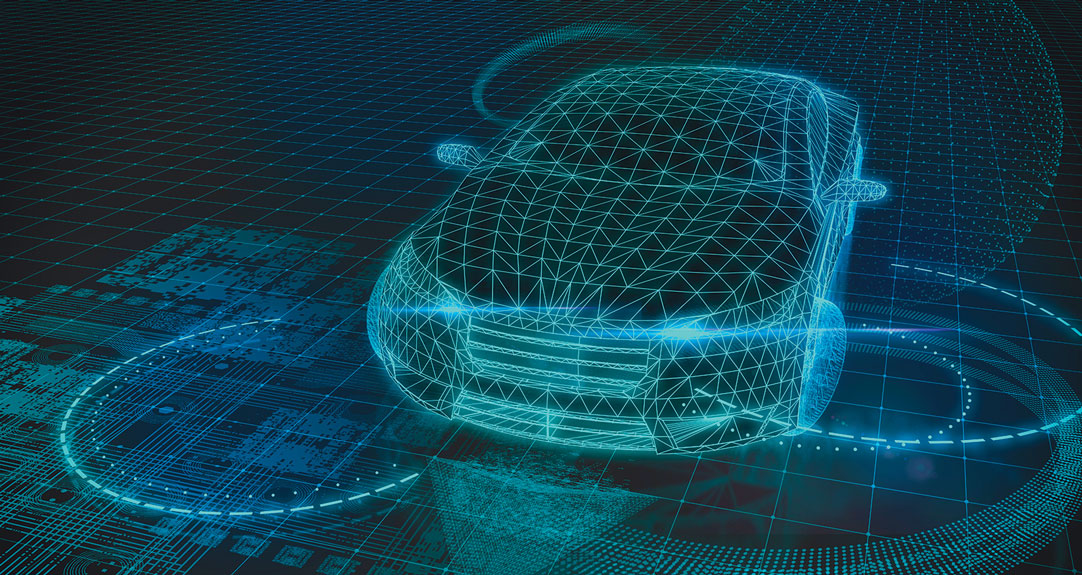Acceleration of Technological Change Affecting Jobs and Insurance
December 2017/January 2018We live in an age of rapid change that has the potential to impact all aspects of society, both in the United States and internationally. Some of these changes could significantly affect insurance companies, both in their operations and in the coverages they provide. Successful adaptation to these changes begins with a realization of the potential extent and speed of what is coming.
Gen Re published several thought-provoking articles on emerging technologies and the potential impact on both jobs and insurance products. The articles referenced in this sidebar are “The Speed of Disruption and Impact on Business—The Fourth Industrial Revolution Has Begun” and “The Drive Towards Fully Automated Vehicles Continues,” both by Charlie Kingdollar of Gen Re.1
The Fourth Industrial Revolution
In this article, Kingdollar presents a review of the scope and speed of disruptive changes both in the United States and globally that includes the following:
- Different studies by the University of Oxford, the Boston Consulting Group and McKinsey & Company indicate that 40–50 percent of U.S. jobs are at risk of being replaced by some form of automation. Though the degree of risk varies by economic sector, both blue collar and white collar jobs are vulnerable to replacement.
- Regarding driverless vehicles, several automobile and truck producers plan on selling fully automated vehicles by 2020. This could result in an estimated 3 million lost jobs for truckers, taxi drivers and other similar occupations.
- In warehousing, Amazon already has 45,000 robots working in 20 of its warehouses, representing a 50 percent increase in 2016 from the previous year. It has been estimated that warehousing and logistic robot shipments will be about 15 times greater in 2021 than they were in 2016.
- In agriculture, CNH Industrial and Kinze have developed prototypes of driverless tractors. Harvesting, leaf pulling and weeding equipment is replacing workers and increasing productivity at farms and vineyards.
- In construction and mining, Caterpillar and Komatsu are selling driverless bulldozers. Demolition robots can replace workers for the most dangerous conditions.
- In manufacturing, a Chinese mobile phone producer reduced the number of workers at its plant from 650 to 60 by installing robotics.
- In white collar jobs, the health care sector has increasing demand for surgical, rehabilitation and hospital logistics robots. Artificial intelligence (AI) is being used by scientists and doctors to read X-rays, analyze gene mutations, make better use of scientific studies and expand doctors’ knowledge beyond their own experiences. AI may be applied to tasks affecting wealth management advisers, paralegals, journalists, accountants, bookkeepers, financial service employees and even technology employees.
With respect to insurers, Kingdollar asks us to consider various ways in which robotics and AI will change the risks associated with various categories of insurance, such as increased property values for farms and enterprises, higher costs of business interruption insurance related to higher levels of productivity, lower workers’ compensation costs and repetitive stress injuries, and the impact of robotics on product liability.
While outside the scope of this sidebar, replacing 40–50 percent of current jobs with robotics and AI would have significant effects on unemployment, basic education, reeducation and retraining, the social safety net, investments and other areas. Traditional actuarial tasks such as pricing, valuation and even report writing may become more automated. The drive and flexibility to embrace change and engage in continuous learning may be essential characteristics for actuaries to continue to contribute and thrive as a profession.
Developing Fully Automated Vehicles
Kingdollar points out in this article that a number of accidents involving driverless vehicles have been reported. While no one knows for certain how this will affect the movement toward fully automated vehicles, he points to several announcements that occurred after a May 7, 2016, fatal accident in Florida involving a partially automated vehicle, including:
- BMW plans to have a driverless car available for sale by 2021.
- In 2018, Audi plans to launch a self-driving car that can handle up to 80 percent of driving situations.
- In 2019, auto parts suppliers Delphi and Mobileye plan to sell a self-driving system that automakers can put in their vehicles.
In Kingdollar’s view, the potential benefits of reducing the current levels of deaths and injuries due to auto accidents outweigh the setbacks experienced in developing the technologies and will not curtail their emergence.
Risk Management and Systems Dynamics
This sidebar provides a glimpse of the potentially profound changes due to the increasing applications of AI and robotics. However, it is only a glimpse of a much larger landscape of change. The disruptive potential of these changes is increased if we don’t see them coming. There may be nothing more common than to assume that current conditions will continue indefinitely. Risk management functions within insurance organizations and elsewhere need to consider these changes in their environmental scanning and planning. While the timing of these developments is uncertain, Mr. Kingdollar emphasizes that the speed of change appears to be faster than forecasted previously and may be unprecedented in history. In this issue of The Actuary, the article “Making Sense of the Unexpected” provides an additional framework to analyze and model the behavior of complex systems, such as the ripple effect of these profound changes. One particularly useful aspect of this systems modeling is the explicit consideration of the actions of competitors and other stakeholders in the system.
Return to Looking Forward With Clarity
Copyright © 2017 by the Society of Actuaries, Chicago, Illinois.

